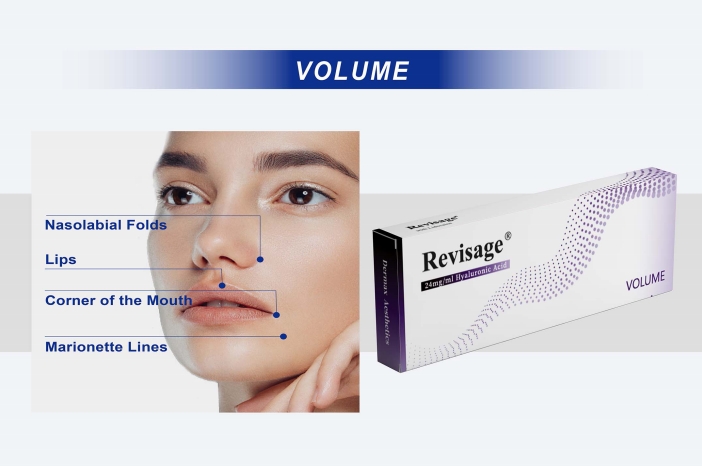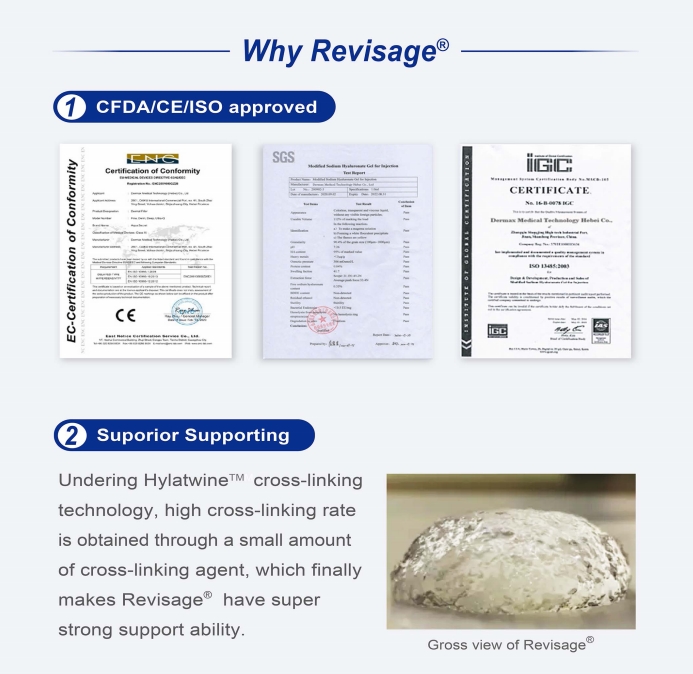
Dermal fillers utilize various biocompatible materials, ranging from naturally-derived to synthetic compounds. Among these, hyaluronic acid (HA) has emerged as the gold standard due to its exceptional safety profile and natural compatibility with human tissue.
HA is a naturally occurring substance found in our skin, and it plays a major role in keeping skin hydrated and volumized.
HA fillers, depending on their specific chemical makeup, can last from six months to much longer before being gradually absorbed by the body.
One of the main benefits of HA fillers, aside from their natural appearance when injected, is that they can be dissolved by a special solution in case of an adverse event, or if the person dislikes the appearance.
Also, most HA fillers are premixed with lidocaine, a numbing agent, to maximize comfort during treatment.
How long do dermal fillers last?
On average, dermal fillers remain beneath the skin for approximately 6-12 months, depending on their ingredients and how they were formulated. Learn more about how long individual types of filler last below.
How does hyaluronic acid work?

Hyaluronic acid belongs to a type of long, complicated chain-like molecules called polymers.
The chain has plenty of spots on it where other chemical compounds can latch on.
That’s why a quarter-teaspoon of hyaluronic acid can hold about one and a half gallons of water, making it the best polymer — natural or artificial — for absorbing water.
Because it has lots of space for other molecules to latch on, hyaluronic acid is great for transporting other molecules throughout your body.
It also has the ability to attach itself to cells, which is why targeted delivery of medications using hyaluronic acid is a major topic of study.
Hyaluronic acid’s chain-like structure also means it can act like a scaffold structure, allowing tissues to grow.
This is a key step in how wounds heal on your body. Scientists have also found hyaluronic acid in human embryos and are studying what role hyaluronic acid plays in reproduction and development.






